You can contact a prospect as often as you’re able to deliver new insights that they find interesting. Contacting a prospect is never about sending a stupid note that says “did you see my last email?” or worse yet, “I’m just checking in to see if you’re ready to talk.” Excuse me, but “checking in” is what you do at a hotel, not what you do with a prospect!
What you can afford to do when prospecting is to fall into the trap of believing that if you try to contact them more than a couple times, you’re bugging them or since they haven’t yet responded, they must not be interested. You can’t allow yourself to accept either one of these beliefs. The only belief you can have is that you have the ability to help them see and achieve what they didn’t think was possible; therefore, it is your responsibility to reach out to them. If you fail to reach out to them, you are doing them a disservice because you’ll never be able to help them. If you want to be successful in prospecting, you must always carry that belief with you.
The number of times and the methods you use to contact a prospect will vary based on what you sell, who you sell to and the frequency with which they buy. What you cannot allow yourself to believe is that the way you like to communicate to is the same way your prospects do. You may love social media, but that does not mean your prospect does. You might detest email or the phone, but those might be the two best tools that your prospect uses. The key is to use multiple tools at multiple times of the day and multiple days of the week.
One of the biggest traps salespeople fall into is over relying on social media. LinkedIn is a prime example of a tool that salespeople love to use for prospecting. Let me be blunt- the people who are active on LinkedIn are either salespeople, HR, recruiters, unemployed or soon to be unemployed people. Most other people don’t have time to be on social media. Why? Because they’re busy working! Unless you sell to one of these groups of people, don’t kid yourself into thinking that that’s where your prospects are. Trust me, I work with a variety of business leads, key decision makers, etc. and the last place they choose to invest their time is on social media.
Below is a sample cadence of what I use to start out my work with clients and salespeople. Often, I start with this framework and then tighten it up, adjust it, etc. as we begin to define who our prospect is and our specific messaging. Here it is:
Sales Cadence- 18 touches over a period of 75 calendar days:
18 touches are broken down into 10 Phone Calls, 6 Emails, and 2 Text Messages.
A Sample Cadence- 18 Touches / 75 calendar days (only 45 of which are working days):
18 touches are broken down into the following or similar:
1. Day 1: Email
2. Day 3: Phone
3. Day 4: Phone
4. Day 5: Email
5. Day 10: Phone
6. Day 12: Email
7. Day 15: Phone
8. Day 18: Phone
9. Day 21: Email
10. Day 23: Phone
11. Day 25: Text
12. Day 28: Phone
13. Day 32: Email
14. Day 35: Phone
15. Day 38: Text
16. Day 41: Phone
17. Day 44: Email
18. Day 45: Phone
The specific number of leads a salesperson can manage is determined by the amount of time they have to prospect each day. The key is don’t start what you can’t finish! Another words, if you can’t work a lead all the way through to the final step, then don’t reach out to them in the first place. A salesperson who does nothing but prospect is capable of 100 – 175 contacts per day, depending on the technology tools they’re using. This means that by using this 18-step cadence, a full-time prospecting person has the ability to add 10 – 20 new prospects to their pipeline each day.
If you’re only prospecting 3 hours per day, no more than 5 new leads can drop into your cadence. Regardless of the amount of time you spend prospecting, the key is to know how much time it will take to keep all of the prospects in your pipeline. Do not over stuff your pipeline to start! This is one of the biggest mistakes people make and then they wonder why they’re not getting results. It simple: they can’t stick with their plan! Remember that the majority of your conversations with a prospect will not happen until you get past 10 touches. If you think your prospect will respond to your first email or happen to be sitting by the phone ready to take your first call, you should start investing in lottery tickets- HA! It’s not going to happen!
As your leads move through the process, some will fall out and others you’ll engage. Here are the rules as you proceed beyond the 18 touches with your leads:
· If a lead doesn’t respond at all, put them aside for 90-120 days, and then start the process over again.
· If the lead has no potential, meaning the prospect has clearly stated he/she is not interested, move the lead to your email list to receive your marketing emails. This is a good way to keep your distance but not let them fall off the radar completely. Do not look to put them back into the cadence until there is a good reason / something has changed.
· If the lead is in the “working stage” showing potential, work them as long as necessary.
· If the lead becomes a client, great!
The key is to keep each of your messages different. In my next blog, I will break down what makes a great email, text, voicemail, etc.
If you have not read High-Profit Prospecting I suggest you do so. Click here to get it now! And stay tuned for my newest book titled, A Mind for Sales, coming March 2020. Pre-order on Amazon today!
If you want personal coaching or your sales team needs more direction and training, call or email me right away so we can talk. Don’t wait until late in the year to realize that you have a problem. Jump start and get the solution now, so you and your team can have the year you need.
Copyright 2020, Mark Hunter “The Sales Hunter” Sales Motivation Blog. Mark Hunter is the author of High-Profit Prospecting: Powerful Strategies to Find the Best Leads and Drive Breakthrough Sales Result






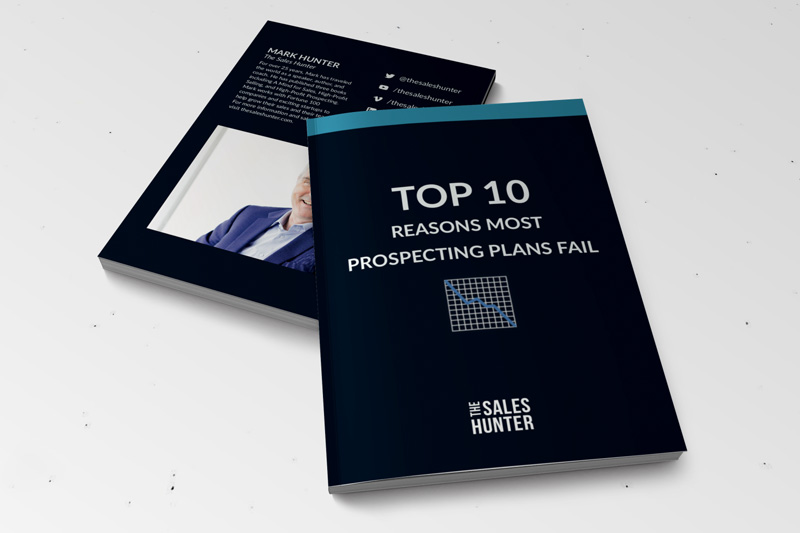
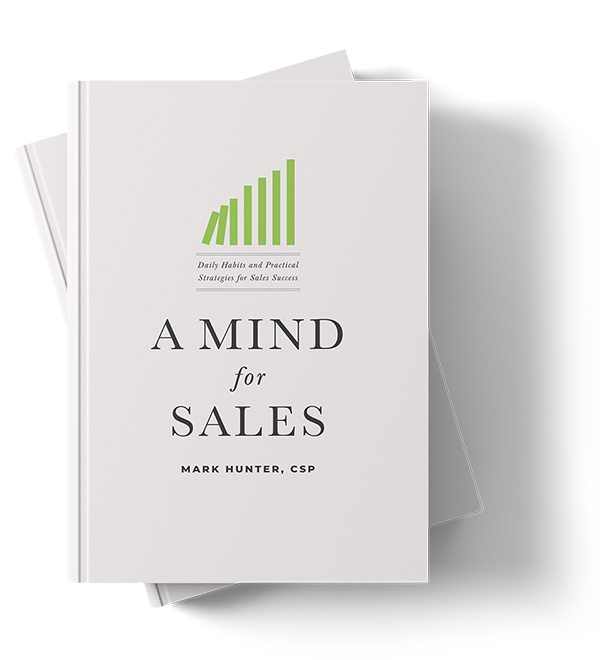
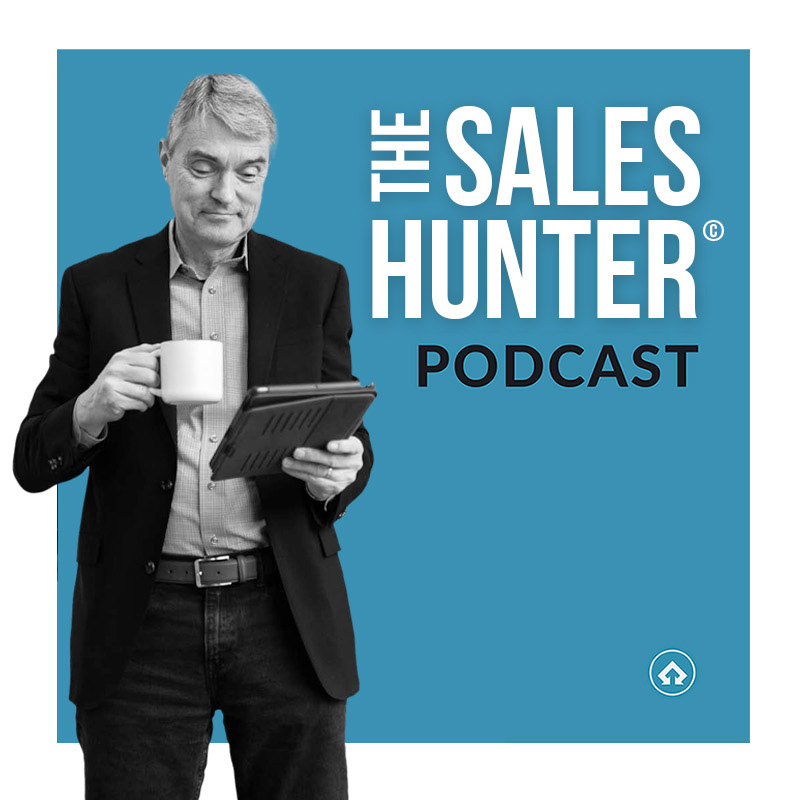


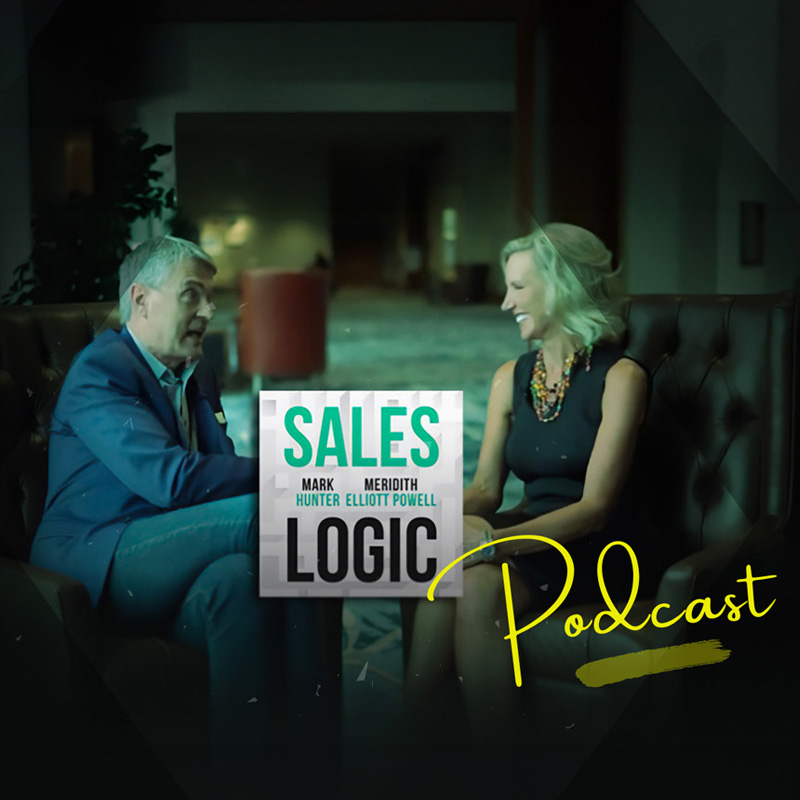
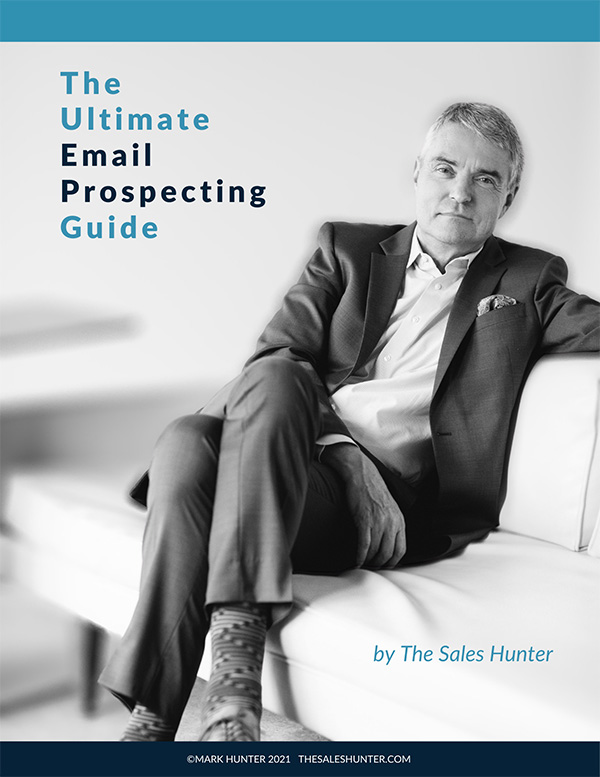
One Response
I love this! As a remote assistant its hard sometimes following clients down the pipeline. Excited to try this method.